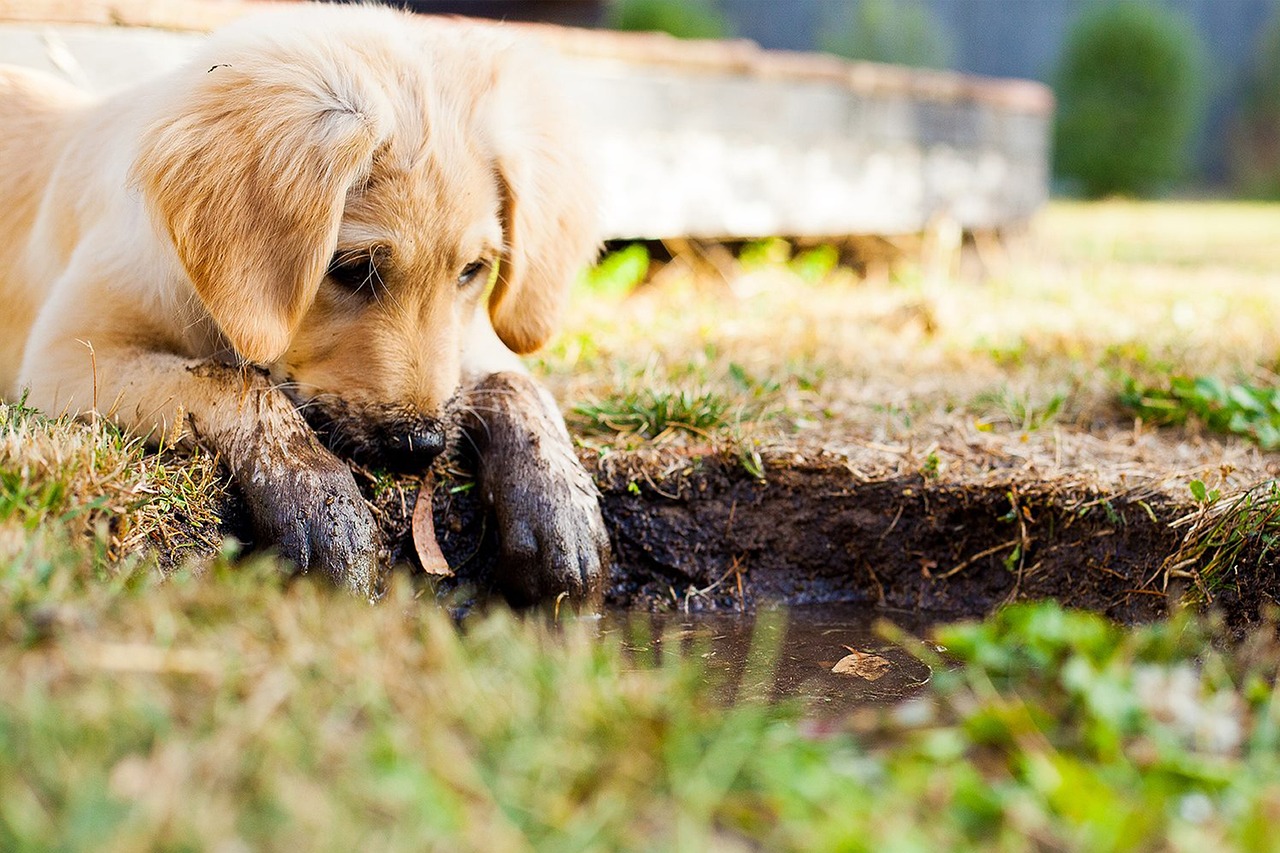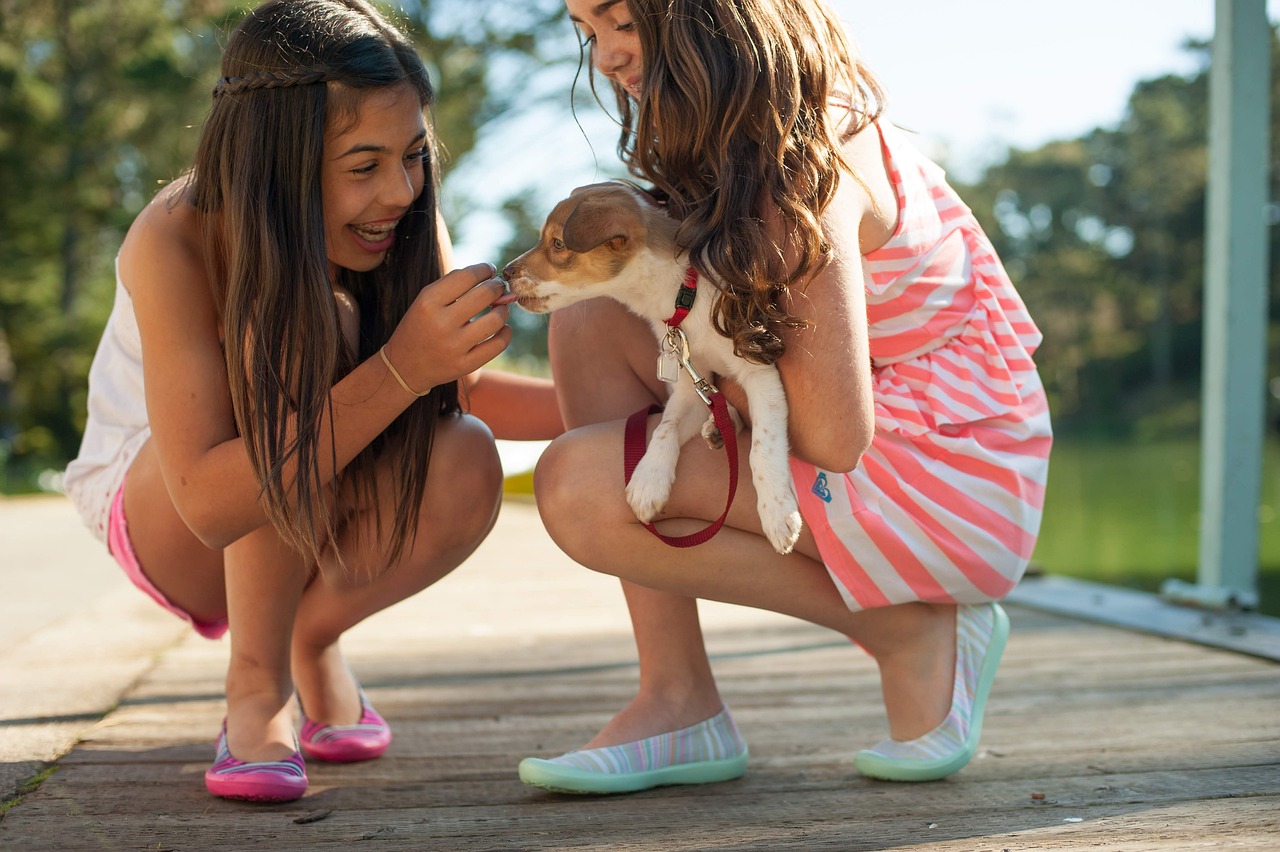Kid-friendly Techniques for Effective Dog Training at Home
Dog training is not only valuable for the pet but can also be a great learning experience for kids. Training a dog encourages responsibility, teaches compassion, and enhances communication skills, while forging a strong bond between the child and pet. This text aims to provide comprehensive information on dog training for kids.

Understanding Why Training Matters
Dog training goes beyond mere obedience—it’s about guiding your pet to be a well-adjusted and trusted member of the family. For kids, the process is highly educational. They gain a better understanding of animal emotions, learn about setting and respecting boundaries, and acquire valuable problem-solving skills. Training also encourages empathy as kids learn to see things from a dog’s perspective.
While kids can and should be involved in dog training, it’s essential not to leave them alone in the process. Adult supervision is crucial, both for the child’s safety and to ensure that training methods are appropriate and effective.
Kickoff: Important Things To Know
Working with a pet requires patience and consistency. It’s easy to become impatient if the dog doesn’t understand commands immediately, and kids in particular might feel frustrated. Reiterate that training is a gradual process and setbacks are part of learning. It’s vital not to scold or punish the dog for mistakes—instead, focus on rewarding positive behavior.
Remember, every dog is unique, with its temperament and pace of learning. Therefore, what works for one dog might not work for another. It’s essential to remain adaptable and think of creative ways to make the training fun and rewarding for both the child and the dog.
Before starting the training, make sure the child understands the dog’s basic needs, such as the importance of regular exercise, a balanced diet, and vet check-ups.
Practical Dog Training Techniques For Kids
Basic Commands
Start with simple commands such as ‘sit’, ‘stay’, ‘come’, and ‘heel’. Each command should be clear and consistent. It’s important to reward the dog with praises, petting, or treats whenever it follows a command successfully.
Potty Training
Potty training is an important part of dog training. Teach kids to take the puppy outside after eating, sleeping, or playing, as these are the usual times when a puppy needs to relieve itself. Setting a regular potty schedule can help make the process smoother.
Playtime
Games can be an excellent method for kids to train their dogs. The dog can learn obedience while also having fun. Interactive games like fetch or tug-of-war are great for teaching commands like ‘drop it’ or ‘leave it’.

Frequently Asked Questions
What is the best age to start training a dog?
The sooner, the better. Young puppies have a ‘golden window’ before they turn 16 weeks old, which is the ideal period to start training them.
Can children train dogs?
Yes, under adult supervision, children can train dogs. This helps build a bond between the child and the dog and teaches the child responsibility.
What are the must-know commands?
‘Sit’, ‘Stay’, ‘Come’, and ‘Heel’ are essential commands that every dog should learn.
How long does dog training take?
The duration can vary greatly, depending on the dog. Consistency and patience are key. Generally, a few weeks are often enough for basic command training.
Why is positive reinforcement important in dog training?
Positive reinforcement is a method whereby dogs are rewarded for the desired behavior. It encourages a dog to repeat that behavior, making the training process more effective.
Conclusion
Inculcating dog training skills in children can be a valuable part of their growth and development. Apart from nurturing a strong bond with the canine, it instills virtues like patience, understanding, and responsibility. With adult supervision, this can be a rewarding and educational journey for kids, teaching them life skills that extend beyond just the puppy years.



